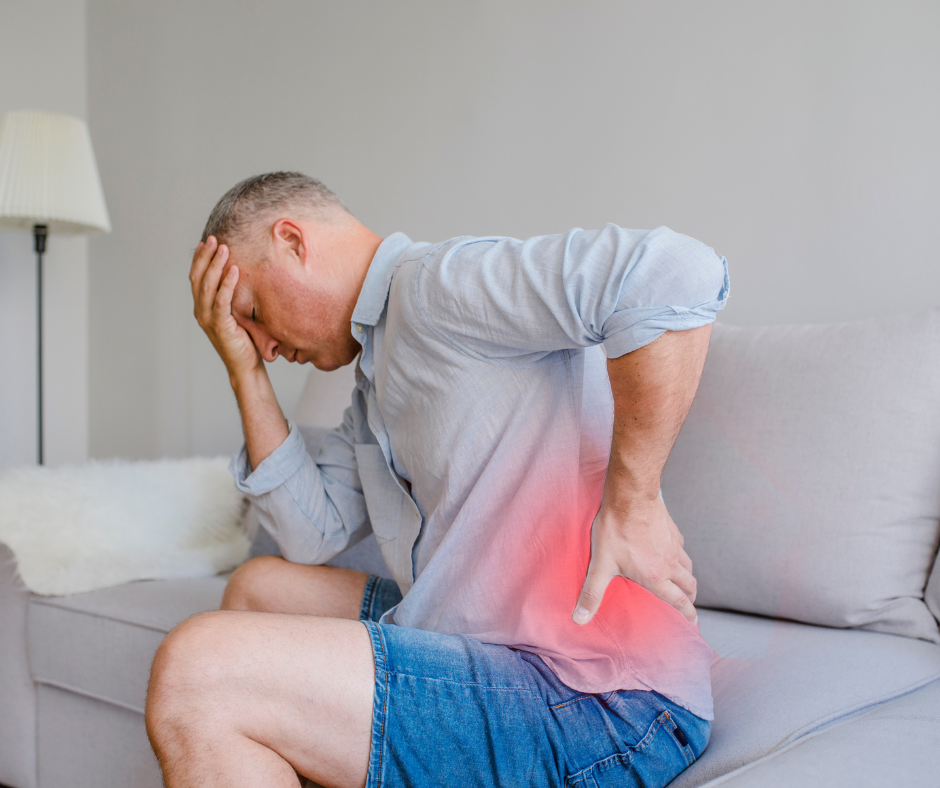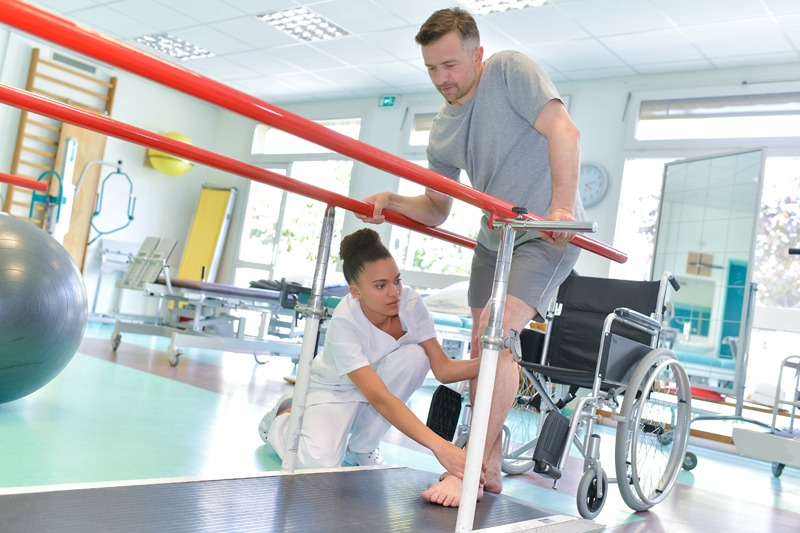The Role of Our Minds in Physical Pain

Living with chronic pain is both physically and mentally exhausting. While many people rely on the highly addictive opioid medications that are often prescribed for pain, many are looking for a more natural alternative. That's where mind-body exercises can play an essential role in managing your pain.
Your mind is intricately connected to how your body processes and deals with pain. It is believed that you can learn to train your brain to react differently to pain signals through concentration, meditation, and guided exercises. These methods could provide you with considerable relief from your chronic pain.
With any type of pain, it's essential to consult with your doctor, keep your physical therapy appointments, and follow the advice of your specialists. However, if something is locked within you that can be harnessed through the power of your brain, it could be helpful. Let's take a look at a few of the treatments that utilize the role of our minds towards physical pain.
Muscle Relaxation
progressive muscle relaxation is a behavioral therapy that can reduce how your brain receives. The best way to get started with progressive muscle relaxation is with the muscles in your face and moving down your body.
To help relax your muscles, tighten them for a minimum of 20 seconds before slowly releasing it. As the muscles relax, focus on releasing the tension in the muscles and feeling how relaxed you are. When you are injured or experiencing pain, your body naturally tenses around the area. While this is a protective response, the muscle tension can often exasperate your pain. Learning how to relax different muscle groups can help to reduce your overall pain.
Meditation
Meditating triggers the relaxation response, which reduces pain perception. Meditation can take many forms, such as transcendental meditation, which involves repeating a sound, phrase, or single word and inducing a calm state of mind and body. There is also yoga, which combines stretching and strengthening postures with breathing techniques. Meditation can also be used to calm your mind, allowing you to focus objectively on negative thoughts.
Sitting quietly in a calm space, begin by closing your eyes and then focusing on your breathing as a simple meditation method. When you exhale, say a word like "calm" or "peace," and ignore random thoughts that go through your mind. Meditation can take time to embrace fully. If you have no experience with meditation, you can go online and find a guided exercise until you feel more comfortable working on your own.
Mindfulness-Based Stress Reduction (MBSR)
A combination of mindfulness meditation and yoga, this approach helps you accept pain and become more aware. Pain and depression can be reduced, and physical functioning can be improved with MBSR. MBSR programs can be found in hospitals, meditation centers, or online.
Dealing with pain is emotionally and mentally trying. It can leave you open to anxiety, feelings of isolation, and depression. When using MBSR therapies, you will learn to accept your circumstances, focus on the positive things in your life and mindfully take on your challenges.

Cognitive Behavioral Therapy (CBT)
People living with chronic pain can learn to have more control over their feelings, behavior, and thoughts through this type of talk therapy. Instead of bracing yourself and thinking about the pain when a flare-up occurs, tell yourself that you've handled this before and visualize a peaceful, happy place instead. You can improve your cognitive therapy skills by working with a therapist who is trained in CBT.
Dealing with the frustrations of living with chronic pain can cause mental health issues, including depression and anxiety. When you work within a CBT treatment plan, you can express all the feelings you have been keeping inside that surround your pain. Letting go of the resentment, loneliness, and helplessness that you may be feeling can work to alleviate some of your physical pain.
Deep Breathing
We tend to take short, quick breaths when we are experiencing pain. Inducing a relaxation response occurs when you focus on breathing and take deep breaths. This well-studied physiologic response may reduce your chronic pain. Breathing slowly through your nose and filling your lungs completely will help you practice deep breathing. Slowly exhale through your nose or mouth. Spend several minutes practicing this technique.
Deep breathing can help to calm both your mind and body. When you achieve this calm state, you can reduce muscle tension and allow your body to properly process the signals of pain. Concentrating on the whole body through deep breathing can take your attention off of the areas of pain.
If you are suffering from chronic pain and are hesitant to rely on opioid medications, try some of these techniques to connect your mind and body to fight your pain.